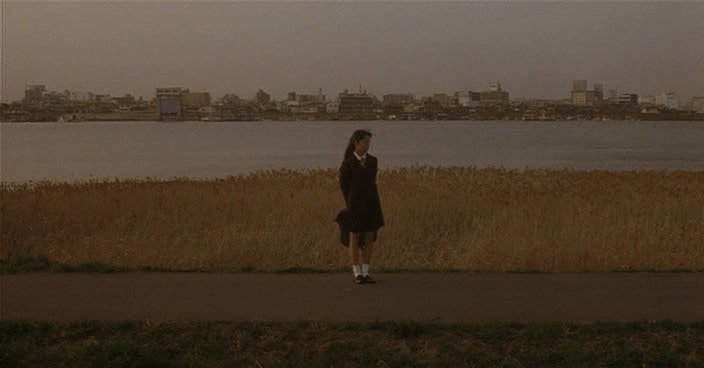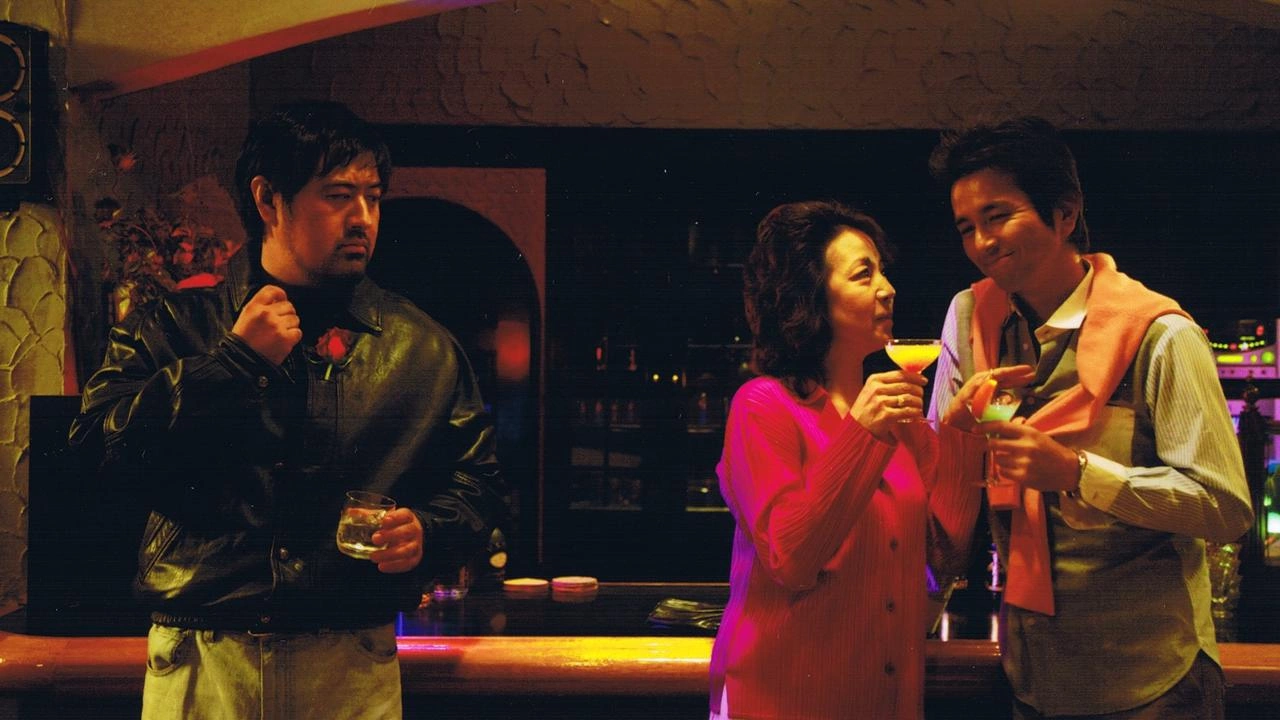Reiji Kikukawa, the sleaziest and most preposterous undercover agent returns, alongside his “boss,” “Crazy Papillon”, this time having to deal with an all new collection of enemies and some newfound allies. The latter mainly include the gang's big boss, Shuho Todoroki, who offers “Crazy Papillon” a sakazuki (a kind of truce) and names him his successor. Furthermore, he tasks him with exterminating a Chinese gang called “Dragon Skulls”, while he makes Reiji his bodyguard. As Reiji tries to avoid the advances of both Todoroki's wife and daughter, the new police chief, Shinya Kabuto, is determined to fight the Yakuza relentlessly. Lastly, the Flying Squirrel, an ex-member of the gang that was excommunicated by Todoroki, also resurfaces, in a story where each member's role is unclear.
Miike directs a film that functions in a way that stays true to the original medium, as he manages to capture all of its preposterous, slapstick and fan-service nature. In that fashion, the movie moves at a frantic pace, with comedy, action, and sleaziness succeeding each other, at least when they are present on the screen, all together. This tactic becomes quite evident in a number of battle scenes where the main weapon is a toilet plunger, with the one between Reiji and a sexy assassin being the most outrageous. All of the characters are quite absurd, in terms of both writing and depiction, as the film parodies both police and Yakuza, occasionally in hilarious style.
Technically, the film highlights its big budget, as the set design, the costumes, and the make-up are top notch, in extremely motley fashion. Ryo Matsumoto and Salah Soltane's visual effects are very impressive, and include CGI, stop motion, fast-forwards and many other elements, not to mention a tiger. The various battles benefit the most from this elaborateness and Yamashita Kenji's editing, that retains the fast pace for the whole duration of the film. Koji Endo's score is also fitting, in a mixture of jazz, rock, pop and traditional Japanese songs, while Kita Nobuyasu's cinematography reaches its apogee in the sequence taking place in Hong Kong.
The cast is comprised of some of the greatest cult actors in the country, including Shinichi Tsutsumi, Koichi Iwaki and Eita, while Toma Ikuta holds the protagonist role. Nanao and Naka Riisa chiefly represent the sexy element, while Yusuke Kamiji as Kenta and Arata Furuta as the “Flying Squirrel” have the most entertaining, secondary roles. All of them play their parts with the exaggerated flamboyance that fits both the original medium and Miike's style, as they continuously act like caricatures.
“The Mole Song- Hong Kong Capriccio” is a worthy sequel to the original, and a very entertaining film, in preposterous fashion.
“The Mole Song- Hong Kong Capriccio” will screen on International Film Festival Rotterdam (IFFR), that will be on from January 25th to February 5th















